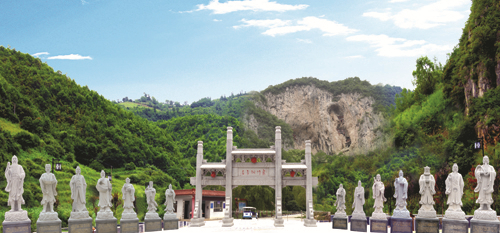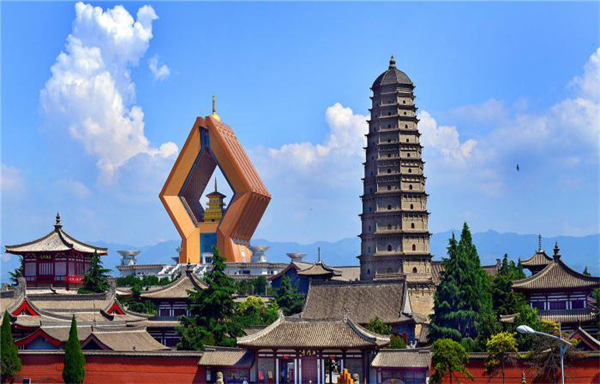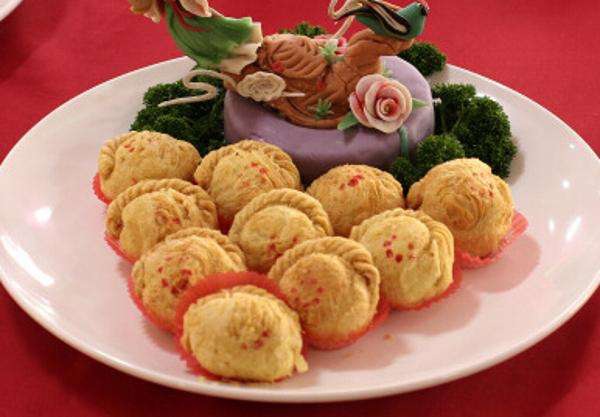- CURRENT LOCATION: HOME
- >> Tourism
- >> Attractions in Cities
- >>
- Baoji
Baoji Travel Tips
2017-12-12 09:45:06 , Source : The Government Website of Shaanxi Province
History: This place is the birthplace of Chinese ancestor Yandi and the cradle of Zhou (11th century BC-221BC) and Qin (221BC-206) dynasties. It was once called ‘Chencang’ in ancient times. It is said that in 757 of the Tang Dynasty (618-907), a stone cock on a mountain crowed, hence the name of ‘Baoji’ (meaning precious cock). In 2003, it turned into a city from a county and formed the present administrative division.

Downtown area of Baoji
Downtown area Physical Features: It has complex geographic features. Mountains are in the south, west and north direction and Wei River is in the middle. Mountains and hills occupy about 83 % of the whole area while the left are plains.

Local Highlights: As one of the cradles of Chinese civilization, the city has so many cultural and historical sites and relics that it is called ‘Town of Bronze Wares’ ( Video of Baoji Bronze Ware Museum) and ‘Town of Folk Handicrafts’. Zhou and Qin cultures are well presented by such ancient sites such as Yongcheng Site, Zhouyuan Site, Zhougong Temple and Fishing Platform. It is also where Taoism and Buddhism mix. Famen Temple is famous for the discovery of the Buddha Sakyamuni’s relics. Taibai Mountain is the peak of Qinling Mountain, which is the dividing line of China's north and south areas.
Special Local Products: Handicrafts: colorful mud sculpture, shadow play, puppet, paper-cutting, embroidery, wooden painted face, straw knit, copied bronze wares.

Foods: Fengxian ginseng, edible fungus, red capsicum; Fengxiang Xifeng Liquor and preserved donkey meat; Qishan Saozi Noodle

Government Organizations



Other Links

Copyright@www.shaanxi.gov.cn All Rights Reserved
Registration Number:陕ICP备10004160号
